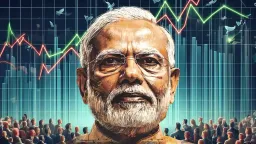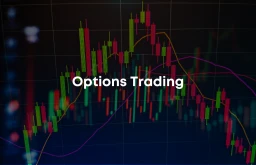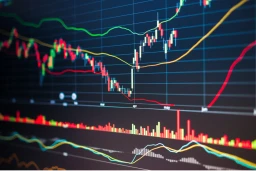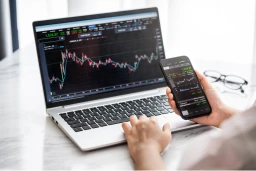Forex Trading in India- Step by Step Guide
The landscape of the forex derivatives market in India is undergoing a gradual but robust expansion. As of August, the cumulative transaction volume for currency derivatives has surged to an impressive Rs. 1,19,80,502 crores. This burgeoning interest is compelling many individuals to explore the realm of forex trading. Engaging in currency pairs trading offers a myriad of advantages. Traders can access exposure to international currencies, benefit from high liquidity, and leverage margin advantages.
However, the primary allure lies in the substantial potential for profit within the dynamic forex market. The crux of success in forex trading lies in commencing the journey correctly — from the selection of the right broker to the formulation of effective trading strategies. In this comprehensive guide, we will meticulously guide you through the entire process of initiating forex trading in India.
A Step-by-Step Guide of forex trading
Before embarking on currency trading, it's crucial to be aware of the following key considerations. In India, the regulatory framework permits forex trading exclusively on recognized exchanges such as NSE, BSE, and MSE. It is imperative to conduct transactions through registered forex trading platforms and brokers, with entities like Dhan exemplifying compliant service providers.
Moreover, as a currency trader, your scope extends to the buying and selling of futures and options across seven distinct forex pairs. These pairs, enumerated in the table below, form the foundation of your trading endeavors.
Forex Pair | Futures | Options |
USD-INR | Yes | Yes |
EUR-INR | Yes | No |
GBP-INR | Yes | No |
JPY-INR | Yes | No |
EUR-USD | Yes | No |
GBP-USD | Yes | No |
USD-JPY | Yes | No |
#1: Selecting a Forex Trading Broker
Navigating the expansive global forex market, which spans everything from currency exchange for travel to trading forex derivatives, requires careful consideration when choosing a broker. Your focus lies specifically in the latter category, involving the buying and selling of futures and options for currency pairs. The selection process varies among traders, encompassing not only reviewing existing feedback and pricing but also examining whether the broker provides supplementary tools and resources beyond the essentials. It's imperative to ensure that the chosen forex broker is duly authorized in accordance with SEBI norms.
Explore comprehensive Forex trading strategies and insights with Mint CFD, a trusted partner in CFD trading.
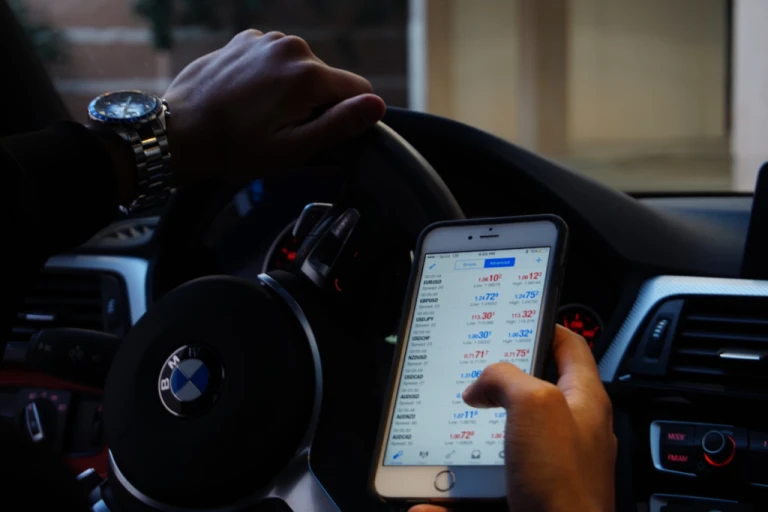
#2: Initiating the Currency Trading Account
Following the careful selection of a forex trading platform, the next step involves opening a currency trading account to engage in the buying and selling of currency futures and options. The rationale behind this necessity is straightforward — a trading account serves as the interface facilitating transactions with exchange-traded currency derivatives. In the context of India, where delivery is not permitted for currency derivatives, a demat account might not be mandatory. However, many brokers offer two-in-one accounts, providing both a trading and demat account through a unified account opening process.
#3: Document Submission for KYC Compliance
With a chosen broker and the initiation of the account opening process, the next phase involves submitting documents for Know Your Customer (KYC) compliance. This standard procedure mirrors familiar KYC processes, requiring proof of identity, residence, bank account details, and income proof. Given that exchange-traded currency derivatives are leveraged products, the inclusion of income proof is both regulatory and logical. Following document submission, the forex trading platform and exchanges will verify your details, with notifications of approval or rejection likely communicated via email.
Also read: Is Forex Trading legal in India?
#4: Funding Your Trading Account
While trading on margin is permissible, regulatory norms stipulate the need to add funds to your trading account. In adherence to SEBI regulations, users are required to maintain a specific percentage of the margin in cash. The remainder of the margin can be held in alternative forms, such as pledged shares. Funding processes may vary among brokers, but broadly, options like Net banking or digital payment methods such as Google Pay are commonly available.
#5: Commencing Forex Trading with Prowess
With your account set up and funded, you're poised to embark on forex trading in India. The country's currency trading market offers the opportunity to explore synthetic positions in forex pairs, where synthetic positions refer to futures or options positions. This marks the culmination of your preparation, opening the door to engaging with the dynamic landscape of currency trading.
Also read: How to Trade Futures and options in India?
The bottom line
RBI and SEBI have granted Indian traders the opportunity to participate in the exchange-traded currency derivatives market, operating between 9:00 AM and 7:30 PM on recognized exchanges. Initiating forex trading in India begins with the selection of a SEBI-authorized broker, ensuring compliance with regulatory standards.
Each broker prescribes a straightforward Know Your Customer (KYC) process as a prerequisite for opening a currency trading account. This process entails the submission of income proof, address proof, and identity proof. Once your KYC is approved, you gain the green light to commence trading in currency futures and options. In essence, these steps encapsulate the straightforward guide on how to initiate forex trading in India.
While forex trading presents a potential avenue for wealth creation, it's essential to acknowledge the associated significant risks. Prior to engaging in trading activities and pondering the profitability of forex, it is crucial to conduct a thorough evaluation of your risk profile, financial objectives, and strategies. This diligence ensures a well-informed approach to the dynamic world of forex trading.
Follow us on Instagram.



